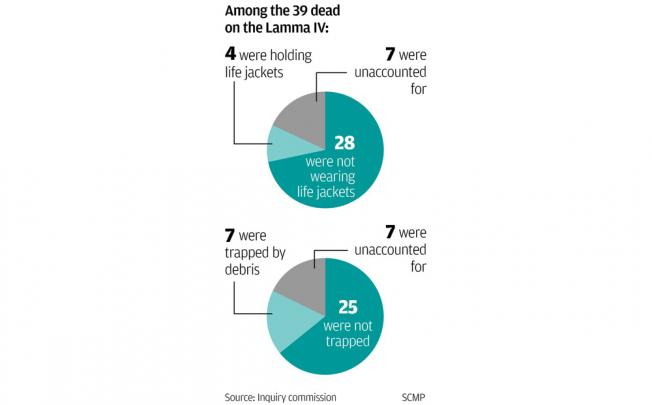
Investigators picked through the wreckage Tuesday of a heavily loaded U.S.-owned cargo helicopter that crashed in the Peruvian jungle shortly after takeoff, killing its five American and two Peruvian crew members.
The tandem-rotor Chinook BH-234 chopper, owned by Columbia Helicopters, Inc. of the Portland suburb of Aurora, Oregon, crashed Monday near the provincial capital of Pucallpa.
It was under contract for petroleum exploration support, en route to a drilling location in northern Peru, said Todd Peterson, the company's vice president of marketing.
Michael Fahey, the company president, told a news conference in Oregon the aircraft it was carrying a sling load, an external cargo secured by cables. He did not specify the cargo.
Witnesses quoted in local media reports said the chopper lost control and spewed smoke before crashing.
The Pucallpa airport control tower had its last contact with the aircraft at 3:03 p.m., five minutes after takeoff, Peru's civil aviation authority reported, and controllers saw "a big cloud of smoke" four miles northeast of the airport.
A local police commander, Miguel Cardoso, told The Associated Press that three bodies were recovered Monday and three more on Tuesday, from inside the chopper's charred wreckage. He said the three taken to the morgue Monday apparently had jumped from the chopper, as witnesses reported.
"They have different trauma. It appears they jumped out of the helicopter out of desperation, because they have multiple fractures," Cardoso said by phone.
The five dead Americans, all but one U.S.-based, were identified by their employer as Dann Immel, command pilot, of Gig Harbor, Washington, Edwin Cordova, maintenance crew chief, of Melbourne, Florida, Jaime Pickett, mechanic, of Clarksville, Tennessee, Darrel Birkes, senior load manager, an Oregonian living in Peru, and Leon Bradford, a load manager from Santaquin, Utah.
The two Peruvians were co-pilot Igor Castillo and mechanic Luis Ramos, the company said in a release.
Company officials said they had no immediate information on what might have caused the crash. They said a senior management team was headed to Peru to assist local authorities in the investigation.
Peterson denied reports in local media suggesting the aircraft might have been overloaded.
"I can say categorically that the aircraft was not overloaded," he said, adding that the load list was destroyed in the crash but company officials had a good idea of what was on board and believe the Chinook, combined with its load, weighed about 47,000 pounds.
That would be 4,000 pounds less than its maximum gross limit. The helicopter weighs 21,000 pounds empty, Peterson said.
The aircraft's cargo Monday included an external load of rigging, attached on a platform that hung beneath it on cables, "a very standard operation," said Peterson
The helicopter was contracted by Canada-based Talisman Energy Inc. but could also have been subcontracted.
A spokeswoman for Talisman, Veronica Bonifaz, said the chopper was not transporting cargo or personnel for it at the time of the crash.
She said she had no more information.
Columbia Helicopters has been in business for 55 years, principally in the United States, and Peter Lance, the company's executive vice president, said it has been operating in Peru for more than a decade, primarily contracted to companies, like Talisman, engaged in oil and gas exploration.
The Chinook that crashed was one of two helicopters Columbia has in Peru.
Lance, who said he has been with Columbia Helicopters for 33 years, said it has been at least a decade since a company aircraft crashed.
Its last fatal crash occurred in Canada in 1997 when a Boeing BV-234 engaged in heli-logging operations on Vancouver Island crashed, killing both pilots aboard. Canadian authorities blamed an electrical overload.
According to U.S. National Transportation Safety Board records, in October 1996 a Columbia Helicopters Boeing BV-107 lost control during a maintenance check flight and crashed three miles from the Aurora, Oregon airport, killing both pilots and the onboard mechanic. The NTSB listed a maintenance failure as the probable cause.
In addition to petroleum exploration, Columbia Helicopters provides services to industries including logging, construction and fighting wildfires, according to its website.
It bills itself as "the only operator of the commercial models of the CH-47 Chinook and H-46 Sea Knight helicopters."
Thursday 10 January 2013
http://www.newschannel5.com/story/20547659/middle-tennessee-man-killed-in-peru-chopper-crash




